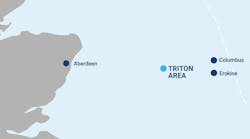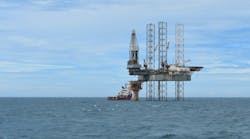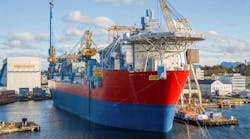Offshore staff
LONDON – Wood Mackenzie expects OPEC to maintain its role as a key oil supplier through to 2040, with non-OPEC producers helping to ensure adequate supply at least to 2030.
In its Macro Oils Long-Term Outlook H1 2018, the analyst forecasts that US Lower 48 crude and condensate production will plateau at more than 11 MMb/d in the mid to late-2020s. Thereafter, OPEC liquids production will lose its growth momentum and start to decline post-2030.
But with global demand building to a peak in the mid-2030s, the industry must find increasingly expensive oil to offset declines from a maturing asset base.
Brazil and Canada look set to add the most production outside of the US by 2030, with a stream of presalt developments helping to grow Brazil’s production each year over this period by an average of 130,000 b/d.
Some mature provinces, such as the North Sea, will be able to maintain output levels into the mid-2020s, the analyst added, while from the mid-2020s, new producers such as Guyana, Uganda, and Kenya will add significant volumes, rising to around 700,000 b/d combined.
This will counter structural declines from mature producers such as China, Indonesia, Colombia, and Mexico.
A marked uptick in major conventional project sanctions toward the end of last year suggests confidence is returning to the upstream sector, the report continues. Last year there were 32 projects combining close to 6 Bbbl of liquids reserves reached a final investment decision (FID), double the reserves sanctioned in 2016.
This year at least 30 major project FIDs should go through, with half that number already sanctioned, and there could be up to 20 more to come by year-end.
The new projects are smaller, reflecting the trend toward incremental and phased developments.
At the same time, projects are being designed to reach peak production more quickly, typically five years from FID as operators aim for faster project payback. Although the projects are smaller, they will deliver a stronger production impact within a five-year timeframe.
Frontier basins and further exploration will both be important for the longer term.
Latin America and West Africa both hold vast potential, the report found, but higher prices will be needed to support activity as the cost curve is now higher.
0716/2018




